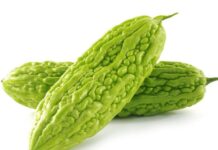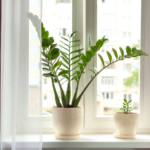For those who love gardening, it’s common knowledge that the betel plant is one of the easiest to cultivate and maintain. Hence, it is often the top choice for novice gardeners. However, even seasoned green thumbs may not know the secrets to nurturing lush, vibrant betel plants with long, trailing vines.
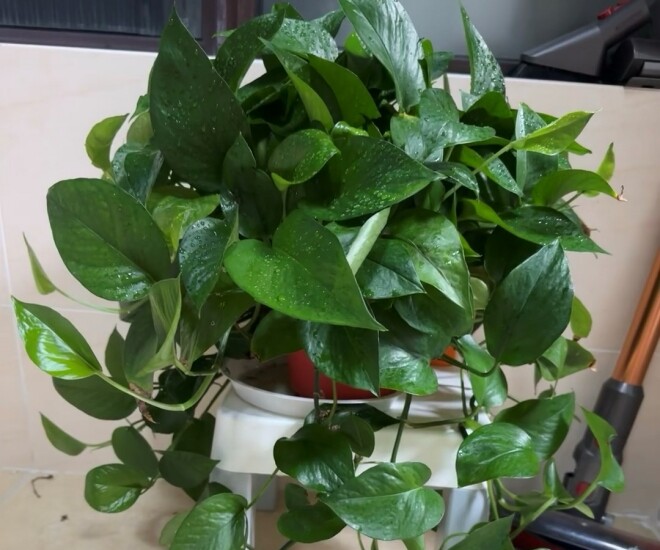
Unleashing the Betel Plant’s Growth Potential
While some gardeners may only manage to grow a single trailing vine, others succeed in creating an entire wall of lush greenery. The key to this lies in understanding and activating the betel plant’s “growth switch.” By doing so, you can achieve glossy, well-hydrated leaves and rapid, vigorous growth that will soon cover an entire wall. So, what is this mysterious “growth switch”?
In reality, the betel plant possesses multiple “growth switches,” collectively known as aerial roots. These roots are the pivotal factor in the betel plant’s development. Many gardeners overlook the importance of these aerial roots, which can lead to leaf yellowing. Moreover, these roots are fragile and susceptible to damage. Should you notice leaf yellowing or root rot, immediate action is necessary. Prune away the affected parts, as leaving them intact will result in the dissipation of valuable nutrients, directly impacting the health of the aerial roots and hindering the plant’s growth.
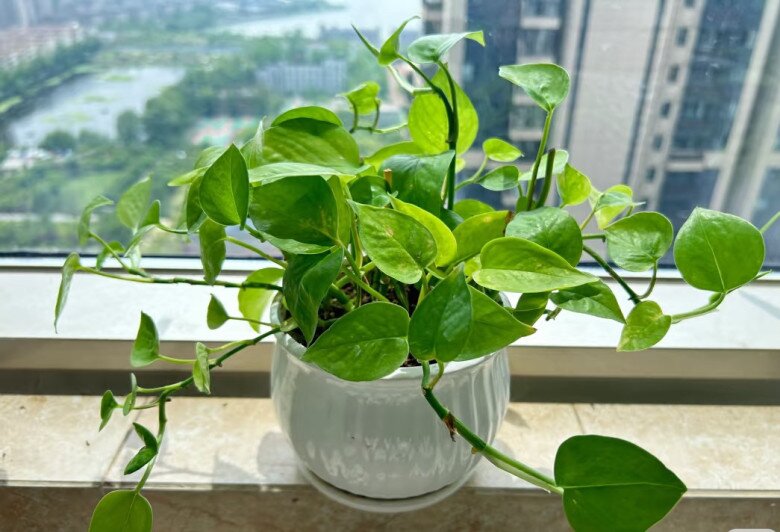
Activating this “growth switch” requires diligent care. When watering your betel plant, don’t forget to use a spray bottle to mist the leaves. This method not only keeps the foliage lush and green but also ensures that the aerial roots receive adequate moisture.
As the weather warms up, early mornings and evenings are the ideal times for watering. Occasional nutrient boosts, such as rice water, fermented soybean water, or even beer, will keep your betel plant thriving.
In summary, by simply activating the aerial roots, you can stimulate the betel plant’s growth and minimize leaf yellowing. This will allow your plant to flourish, resulting in a dense and verdant canopy.
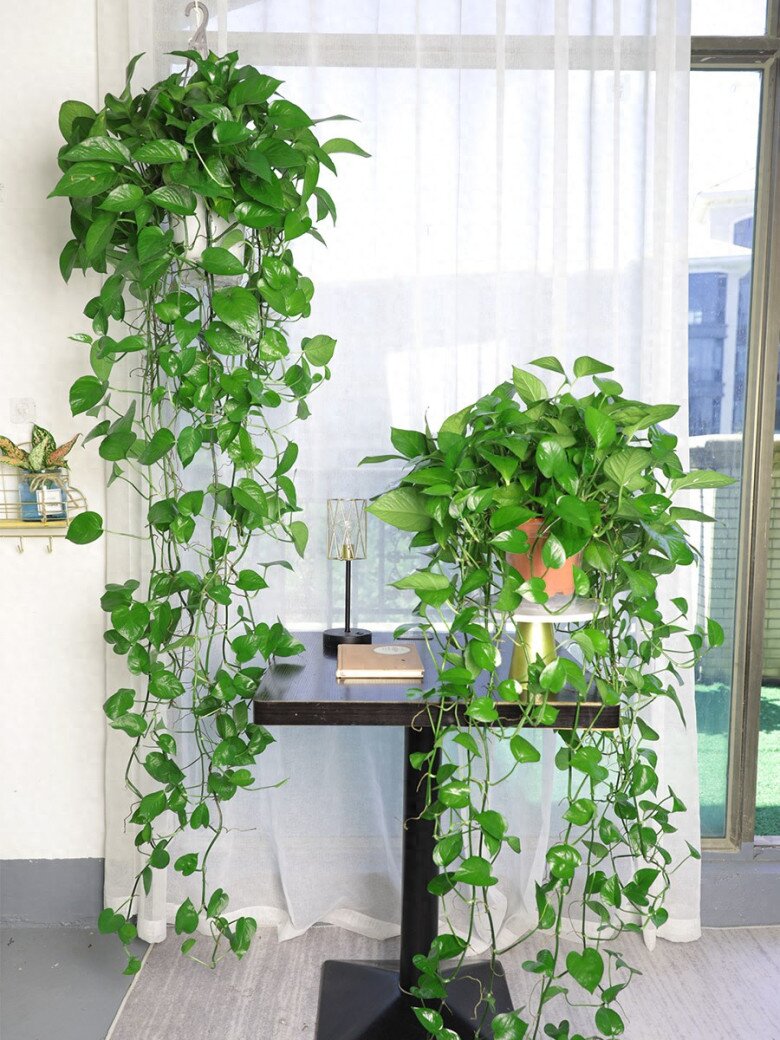
Additional Care Tips for Your Betel Plant
To ensure your betel plant thrives, besides activating its aerial roots, keep the following points in mind during its care:
– Mindful Watering
Although betel plants thrive in warm and humid environments when grown outdoors, the same rules do not apply when kept indoors. Pay close attention to the amount of water you give your plant and how often you water it.
If the soil in the pot remains constantly moist, coupled with inadequate indoor ventilation, continuous watering—especially during colder months—can lead to root rot and leaf yellowing. This will make your plant susceptible to wilting. Therefore, for indoor betel plants, there is no need to water if the soil is still damp.
Interestingly, some people tend to their betel plants very casually, and yet the plants thrive. They may go long periods without watering, only remembering to do so when they happen to think about it. If you’re worried about forgetting to water your plant, you can place a small dish or saucer underneath the pot and fill it with water. Some pots come with a matching saucer, making it easy to maintain the right moisture level. Simply refill the water in the saucer when it runs dry.
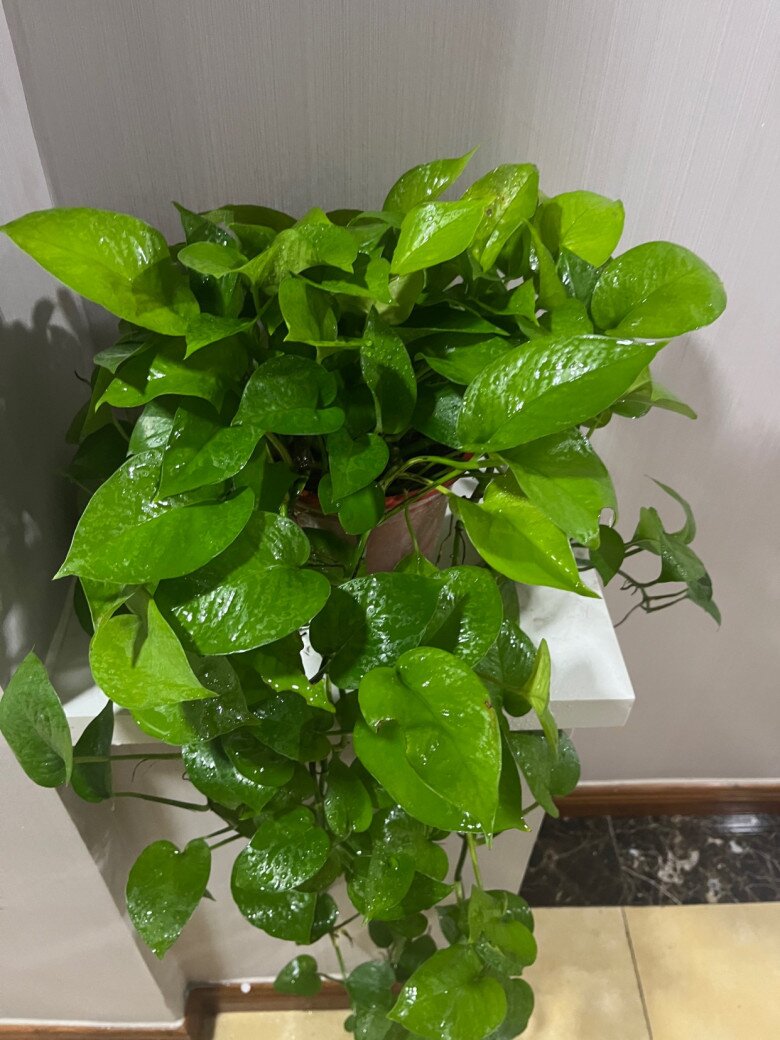
– Avoid Prolonged Direct Sunlight
Betel plants do not fare well in intense sunlight. Prolonged exposure can cause leaf yellowing or drying at the tips. It’s best to position your plant in an area with diffused light and good ventilation, avoiding direct sunlight. Interestingly, when grown in indirect light, the leaves of the betel plant take on a richer, more vibrant shade of green.
Betel plants prefer shaded spots, and if you notice leaf yellowing, moving your plant to a shadier, well-ventilated area will help restore its lush green foliage.
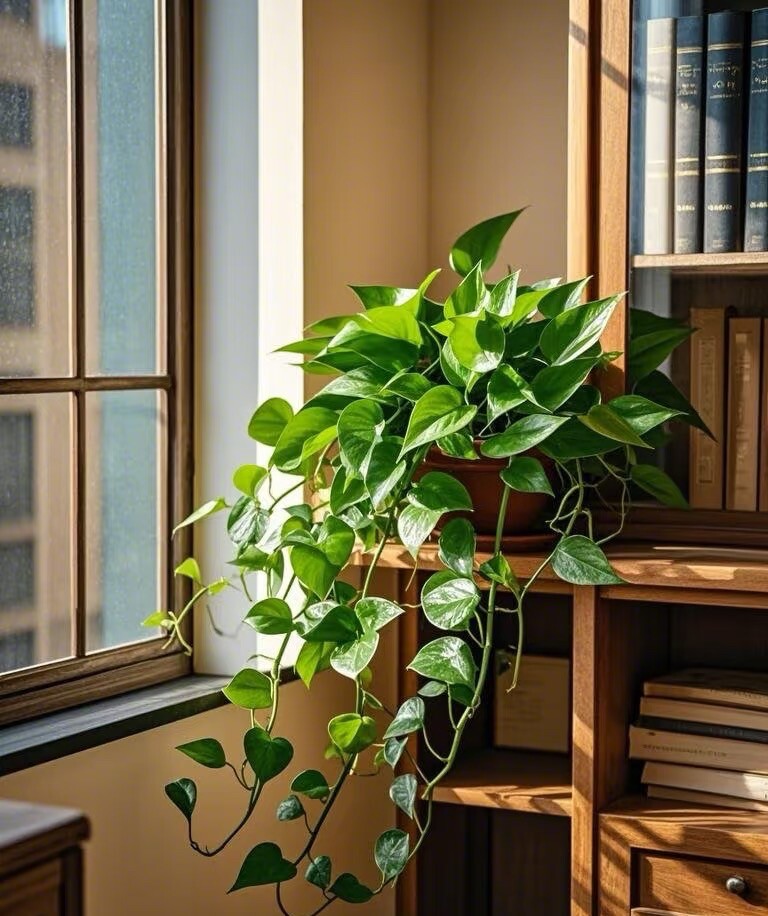
– Spring Feeding
Some people keep their betel plants in their living rooms, and despite not fertilizing them regularly throughout the year, the plants thrive and cover entire walls with their trailing vines. Nonetheless, it is advisable to fertilize your betel plant in the spring, as this is when it enters its active growth phase, and a boost of nutrients will make a significant difference.
You can add a small amount of organic fertilizer to the pot, being careful not to overdo it with chemical or mixed fertilizers, as this can lead to root rot and leaf yellowing. Another simple method is to use fermented rice water when watering your plant. This approach provides both nutrients and hydration, making it extremely convenient.
“Grow This Fruit That Bears Large, Delicious, and Sweet Fruits with High Economic Value and Ease of Cultivation.”
This variety of fig tree is a quick-growing delight, ready to bear fruit within a year of planting. Whether potted or planted in a garden, it will produce an abundance of delicious figs for you and your family to enjoy. A truly special variety, these figs command a premium price, making them a valuable and tasty treat.













